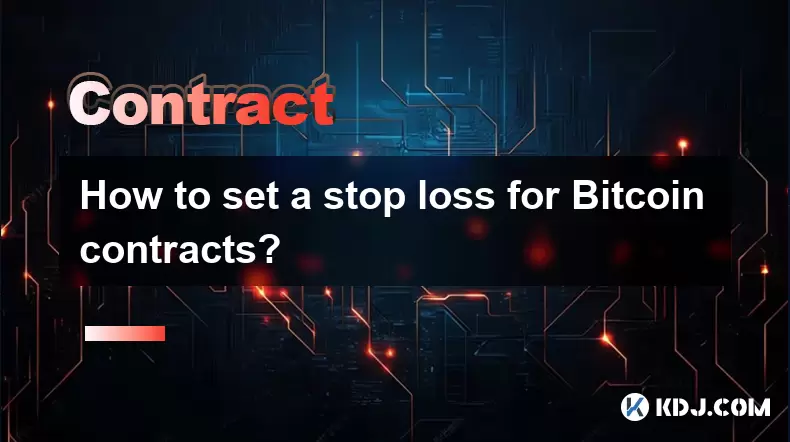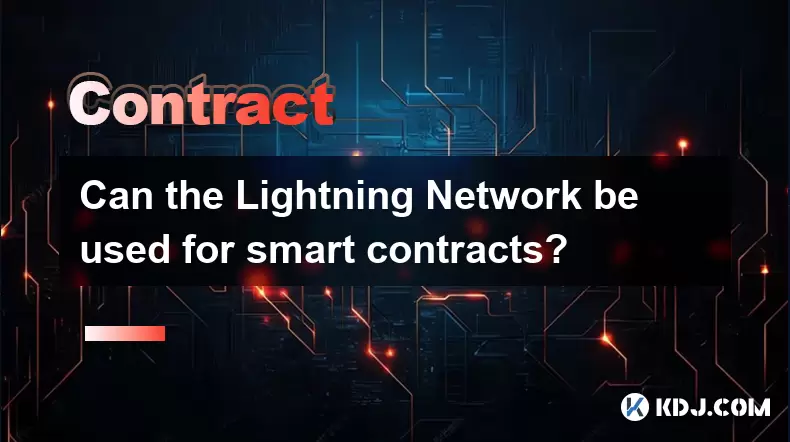-
 Bitcoin
Bitcoin $118,209.3536
1.16% -
 Ethereum
Ethereum $3,151.7546
5.98% -
 XRP
XRP $2.9277
2.35% -
 Tether USDt
Tether USDt $1.0000
0.00% -
 BNB
BNB $689.7099
1.26% -
 Solana
Solana $163.4270
1.91% -
 USDC
USDC $1.0000
0.02% -
 Dogecoin
Dogecoin $0.1983
3.74% -
 TRON
TRON $0.3008
0.51% -
 Cardano
Cardano $0.7435
2.86% -
 Hyperliquid
Hyperliquid $47.6547
-0.48% -
 Stellar
Stellar $0.4625
2.79% -
 Sui
Sui $3.9921
2.71% -
 Chainlink
Chainlink $16.0608
4.23% -
 Hedera
Hedera $0.2348
1.56% -
 Bitcoin Cash
Bitcoin Cash $496.6985
1.25% -
 Avalanche
Avalanche $21.9038
5.41% -
 UNUS SED LEO
UNUS SED LEO $8.8356
-1.88% -
 Shiba Inu
Shiba Inu $0.0...01364
5.31% -
 Toncoin
Toncoin $3.1102
4.35% -
 Litecoin
Litecoin $95.9756
3.59% -
 Polkadot
Polkadot $4.0925
5.78% -
 Monero
Monero $333.7622
-1.44% -
 Uniswap
Uniswap $9.1968
2.25% -
 Bitget Token
Bitget Token $4.6378
6.23% -
 Pepe
Pepe $0.0...01282
6.77% -
 Dai
Dai $1.0002
0.03% -
 Ethena USDe
Ethena USDe $1.0005
0.00% -
 Aave
Aave $329.9143
4.49% -
 Bittensor
Bittensor $441.4995
6.89%
How to set a stop loss for Bitcoin contracts?
Setting a stop loss in Bitcoin contracts helps limit potential losses by automatically closing positions when prices move unfavorably, crucial for managing risk in volatile crypto markets.
Jul 16, 2025 at 07:14 am

Understanding Stop Loss in Bitcoin Contracts
In the realm of cryptocurrency trading, Bitcoin contracts refer to derivative financial instruments that allow traders to speculate on the price movement of Bitcoin without owning the underlying asset. A stop loss is a crucial risk management tool used by traders to limit potential losses on their positions. When setting a stop loss for Bitcoin contracts, it's important to understand how this feature functions within the context of futures or perpetual contracts.
Most exchanges offer two types of stop loss mechanisms: traditional stop loss and trailing stop loss. The former sets a fixed price at which your position will be closed if the market moves against you. The latter dynamically adjusts the stop price as the market price moves favorably. Both are essential tools for managing exposure in volatile markets like Bitcoin.
Steps to Set a Stop Loss on Major Trading Platforms
To set a stop loss effectively, you need to follow a series of steps tailored to the platform you're using. While interfaces may vary slightly between exchanges such as Binance, Bybit, OKX, or KuCoin, the general process remains consistent:
- Navigate to the contract trading section of your chosen exchange.
- Select the specific Bitcoin contract you want to trade (e.g., BTC/USDT perpetual).
- Choose the type of order you wish to place — either limit order or market order.
- In the order placement panel, locate the stop loss field, usually labeled as "Stop" or "Stop-Loss."
- Enter the price level at which you want your position to be automatically closed if the market moves unfavorably.
- Confirm the order details and submit.
Some platforms also allow you to set a take profit alongside your stop loss, enabling automated exit strategies based on both profit targets and risk thresholds.
Different Types of Stop Loss Orders
There are several variations of stop loss orders that can be applied when trading Bitcoin contracts:
- Market Stop Loss: This executes at the best available price once the stop price is reached. It ensures closure but may result in slippage during high volatility.
- Limit Stop Loss: You specify both the stop price and the limit price. If the market hits your stop price, the system places a limit order at the defined level. However, there's a risk of partial or no execution if the market moves too quickly.
- Trailing Stop Loss: This adjusts dynamically with the market price, maintaining a set distance behind the current price. It helps lock in profits while allowing room for price fluctuations.
Each type has its pros and cons, and selecting the right one depends on your risk tolerance, market conditions, and trading strategy.
Factors to Consider Before Setting a Stop Loss
Before locking in a stop loss level, consider the following elements to optimize your trade setup:
- Volatility of Bitcoin: Bitcoin’s price can swing dramatically in short periods. Using a stop loss that's too tight may lead to premature exits from otherwise valid trades.
- Support and Resistance Levels: Analyze historical price charts to identify key support and resistance zones. Placing your stop loss just beyond these levels can help avoid false breakouts.
- Position Size: Adjust your stop loss based on the size of your position. Larger positions may require wider stops to prevent unnecessary liquidation.
- Timeframe of Trade: Short-term traders may prefer tighter stop losses, while long-term traders might opt for wider ones to accommodate broader price swings.
Ignoring these factors could lead to suboptimal outcomes, including frequent triggering of stop losses or excessive drawdowns.
Advanced Techniques for Managing Stop Losses
Experienced traders often use advanced techniques to enhance the effectiveness of stop loss settings:
- Moving Average Trailing Stops: Use a moving average line as a dynamic stop loss reference. For example, placing a stop below the 50-period moving average in an uptrend allows flexibility while preserving downside protection.
- ATR-Based Stop Loss: The Average True Range (ATR) indicator measures market volatility. By multiplying the ATR value by a factor (e.g., 1.5 or 2), traders can set adaptive stop losses that adjust to current volatility.
- Multiple Exits: Instead of a single stop loss, some traders split their positions and use partial take profits combined with staggered stop losses to manage risk more precisely.
These methods provide greater control over risk exposure and help align stop loss placement with actual market dynamics rather than arbitrary price points.
Common Mistakes to Avoid When Setting Stop Losses
Even experienced traders can fall into common traps when configuring stop losses:
- Placing Stop Loss Too Close: Novice traders often set stop losses too close to the entry price, increasing the likelihood of being stopped out prematurely due to normal market noise.
- Ignoring Market Structure: Failing to account for major support/resistance levels or chart patterns can result in stop losses being triggered unnecessarily.
- Not Reviewing Stop Loss After Entry: Markets evolve, and failing to reassess your stop loss in response to new information or price action can leave you exposed.
- Over-Reliance on Stop Loss Alone: Stop loss is only part of a broader risk management strategy. It should be used in conjunction with proper position sizing, diversification, and market analysis.
Avoiding these pitfalls enhances the probability of successful trade outcomes and protects capital in unpredictable crypto markets.
Frequently Asked Questions
Q1: Can I modify my stop loss after entering a Bitcoin contract trade?
Yes, most trading platforms allow you to edit or cancel your stop loss order after opening a position. This flexibility enables real-time adjustments based on evolving market conditions.
Q2: What happens if the market gaps past my stop loss level?
If a significant price gap occurs — especially during news events or sudden volatility — your stop loss may execute at a worse price than expected. This phenomenon is known as slippage, and it’s more common with market stop loss orders.
Q3: Should I always use a stop loss when trading Bitcoin contracts?
While not mandatory, using a stop loss is highly recommended for disciplined risk management. Without it, unexpected price movements can lead to substantial losses, especially in leveraged trading environments.
Q4: Is a trailing stop loss better than a fixed stop loss?
It depends on your trading style and market conditions. Trailing stop loss is ideal for capturing trends and locking in profits, while fixed stop loss offers predictability and control in range-bound or breakout scenarios.
Disclaimer:info@kdj.com
The information provided is not trading advice. kdj.com does not assume any responsibility for any investments made based on the information provided in this article. Cryptocurrencies are highly volatile and it is highly recommended that you invest with caution after thorough research!
If you believe that the content used on this website infringes your copyright, please contact us immediately (info@kdj.com) and we will delete it promptly.
- XRP Price: Higher Lows Hint at Potential Trend Shift?
- 2025-07-16 15:10:12
- Bitcoin, Crypto Casinos, and Bonuses: A New Yorker's Guide to Hitting the Jackpot
- 2025-07-16 15:15:12
- Bitcoin, Cryptocurrency, and Investment: Navigating the 2025 Landscape
- 2025-07-16 15:30:12
- Bitcoin, Deutsche Bank, and Mainstream Adoption: A New Era?
- 2025-07-16 14:30:13
- Bitcoin's ETF Demand & Institutional Momentum: A NYC Perspective
- 2025-07-16 14:50:12
- Bitcoin's Bullish Run: Demand Surges, Correction Unlikely?
- 2025-07-16 12:30:12
Related knowledge

What is a stablecoin-margined contract vs a coin-margined contract?
Jul 15,2025 at 06:36pm
Understanding the Difference Between Stablecoin-Margined Contracts and Coin-Margined ContractsIn the world of cryptocurrency derivatives, margin plays...

How to backtest a Bitcoin futures trading strategy?
Jul 15,2025 at 11:35am
Understanding Bitcoin Futures TradingBitcoin futures trading involves contracts to buy or sell Bitcoin at a predetermined price and date in the future...

Psychology of trading Bitcoin contracts
Jul 13,2025 at 02:50am
Understanding the Emotional Rollercoaster of Bitcoin Futures TradingBitcoin contract trading, especially in the form of futures, introduces a high lev...

Can the Lightning Network be used for smart contracts?
Jul 14,2025 at 11:28pm
Understanding the Lightning Network's Core FunctionalityThe Lightning Network is a second-layer solution built on top of blockchain protocols like Bit...

How does macroeconomic news affect Bitcoin futures prices?
Jul 15,2025 at 04:56pm
Understanding the Relationship Between Macroeconomic News and Bitcoin FuturesBitcoin futures are derivative contracts that allow traders to speculate ...

Best time of day to trade Bitcoin contracts?
Jul 13,2025 at 05:29am
Understanding Bitcoin Contracts and Their VolatilityBitcoin contracts, particularly futures contracts, are derivative instruments that allow traders t...

What is a stablecoin-margined contract vs a coin-margined contract?
Jul 15,2025 at 06:36pm
Understanding the Difference Between Stablecoin-Margined Contracts and Coin-Margined ContractsIn the world of cryptocurrency derivatives, margin plays...

How to backtest a Bitcoin futures trading strategy?
Jul 15,2025 at 11:35am
Understanding Bitcoin Futures TradingBitcoin futures trading involves contracts to buy or sell Bitcoin at a predetermined price and date in the future...

Psychology of trading Bitcoin contracts
Jul 13,2025 at 02:50am
Understanding the Emotional Rollercoaster of Bitcoin Futures TradingBitcoin contract trading, especially in the form of futures, introduces a high lev...

Can the Lightning Network be used for smart contracts?
Jul 14,2025 at 11:28pm
Understanding the Lightning Network's Core FunctionalityThe Lightning Network is a second-layer solution built on top of blockchain protocols like Bit...

How does macroeconomic news affect Bitcoin futures prices?
Jul 15,2025 at 04:56pm
Understanding the Relationship Between Macroeconomic News and Bitcoin FuturesBitcoin futures are derivative contracts that allow traders to speculate ...

Best time of day to trade Bitcoin contracts?
Jul 13,2025 at 05:29am
Understanding Bitcoin Contracts and Their VolatilityBitcoin contracts, particularly futures contracts, are derivative instruments that allow traders t...
See all articles

























































































